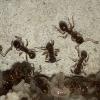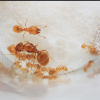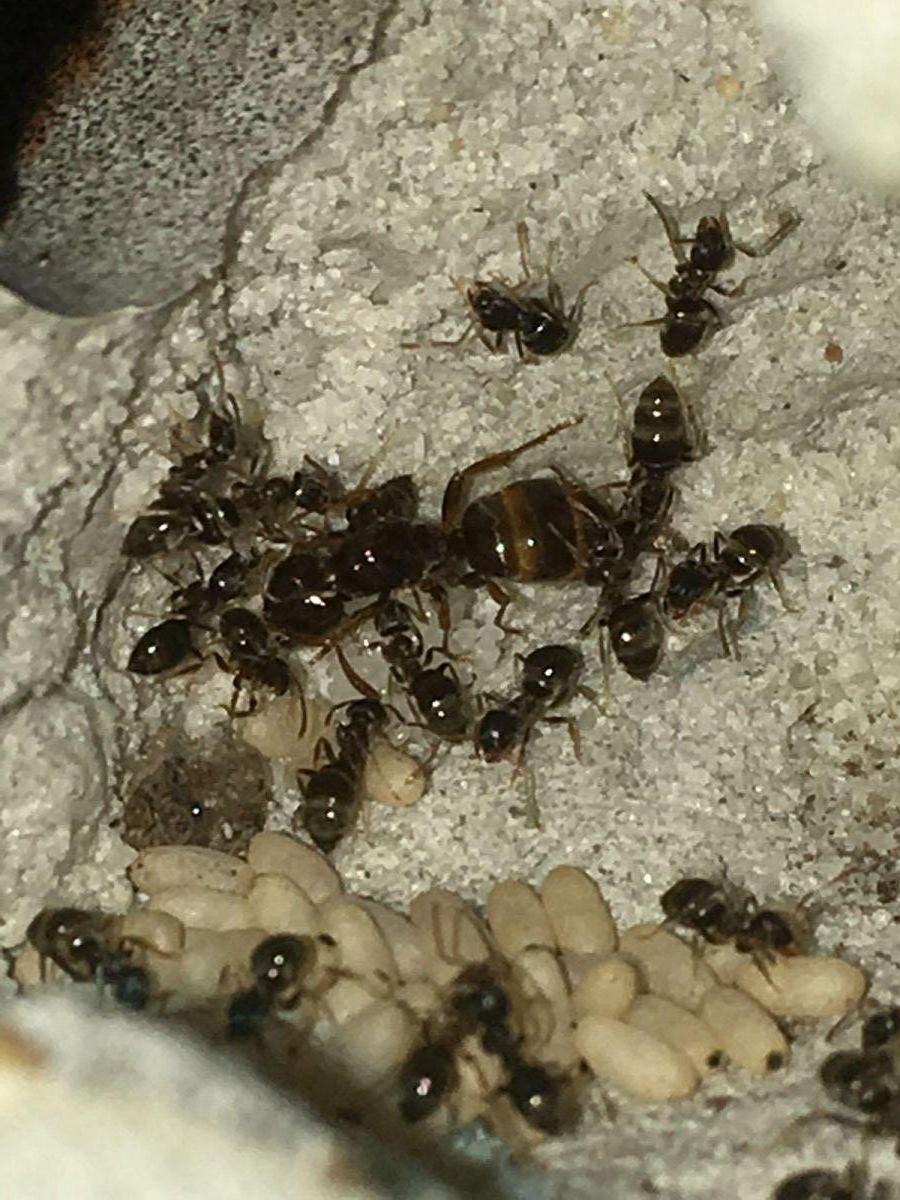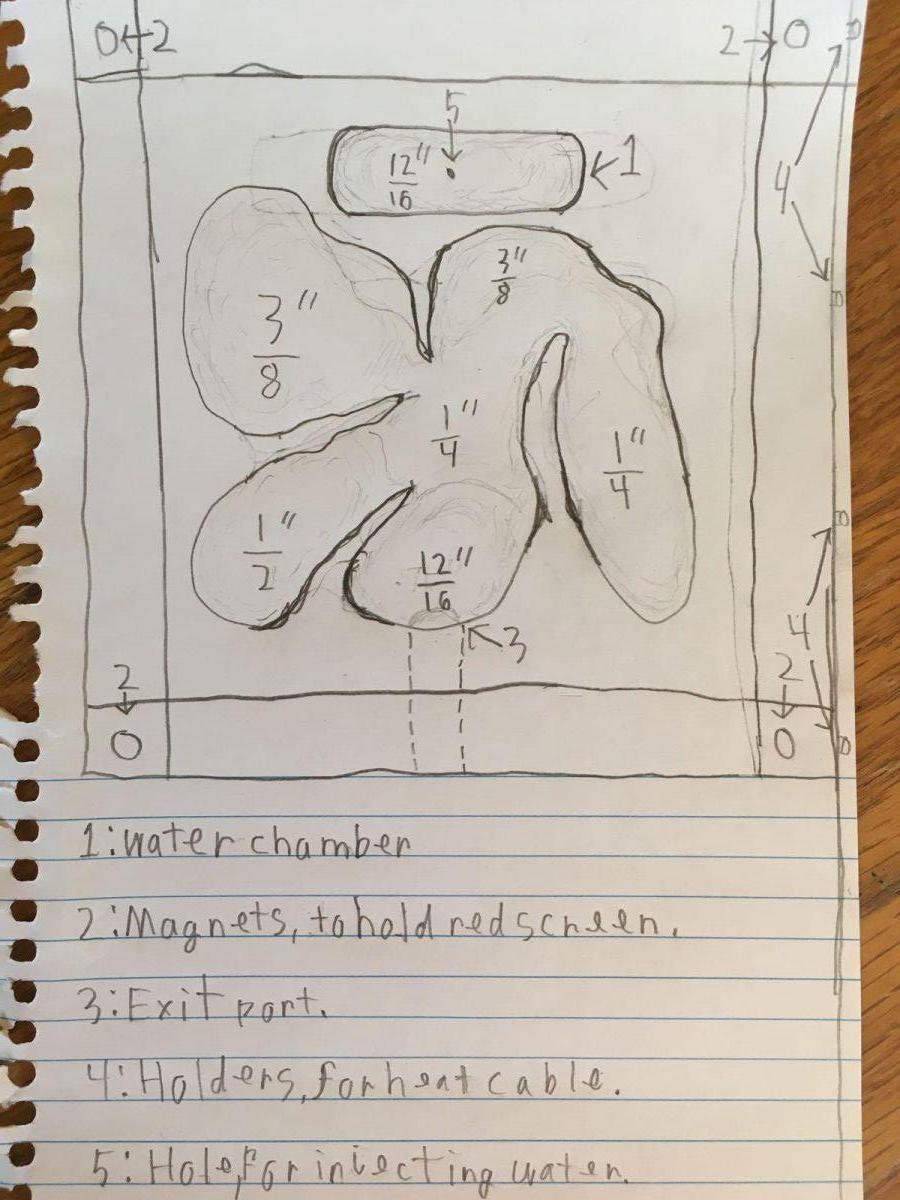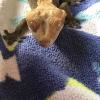So I was rummaging in my local park for ants and I peeled back the bark on a log to find a colony of Lasius ants, queen and all. I collected the queen, who is extremely physogastric, and as many workers and brood as I could. I decided to give them the Mini Hearth my C. pennsylvanicus refused, and they moved in within a minute (!). I decided just to let those carpenter ants go, and took them to the park. While I previously mocked the genus Lasius and stuggled to understand why anyone would keep them, now I know: they move nests easily, grow quickly, don't bite, can climb well, and, despite being admittedly plain, are generally a good choice for an antkeeper.
Edited by Antennal_Scrobe, July 15 2019 - 8:53 AM.


